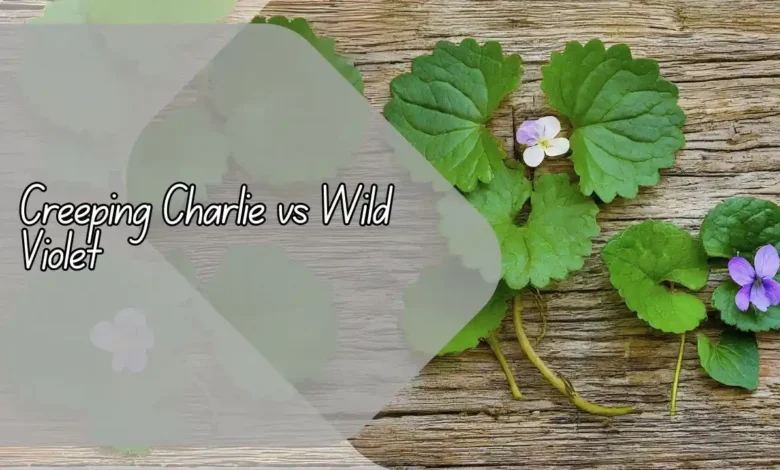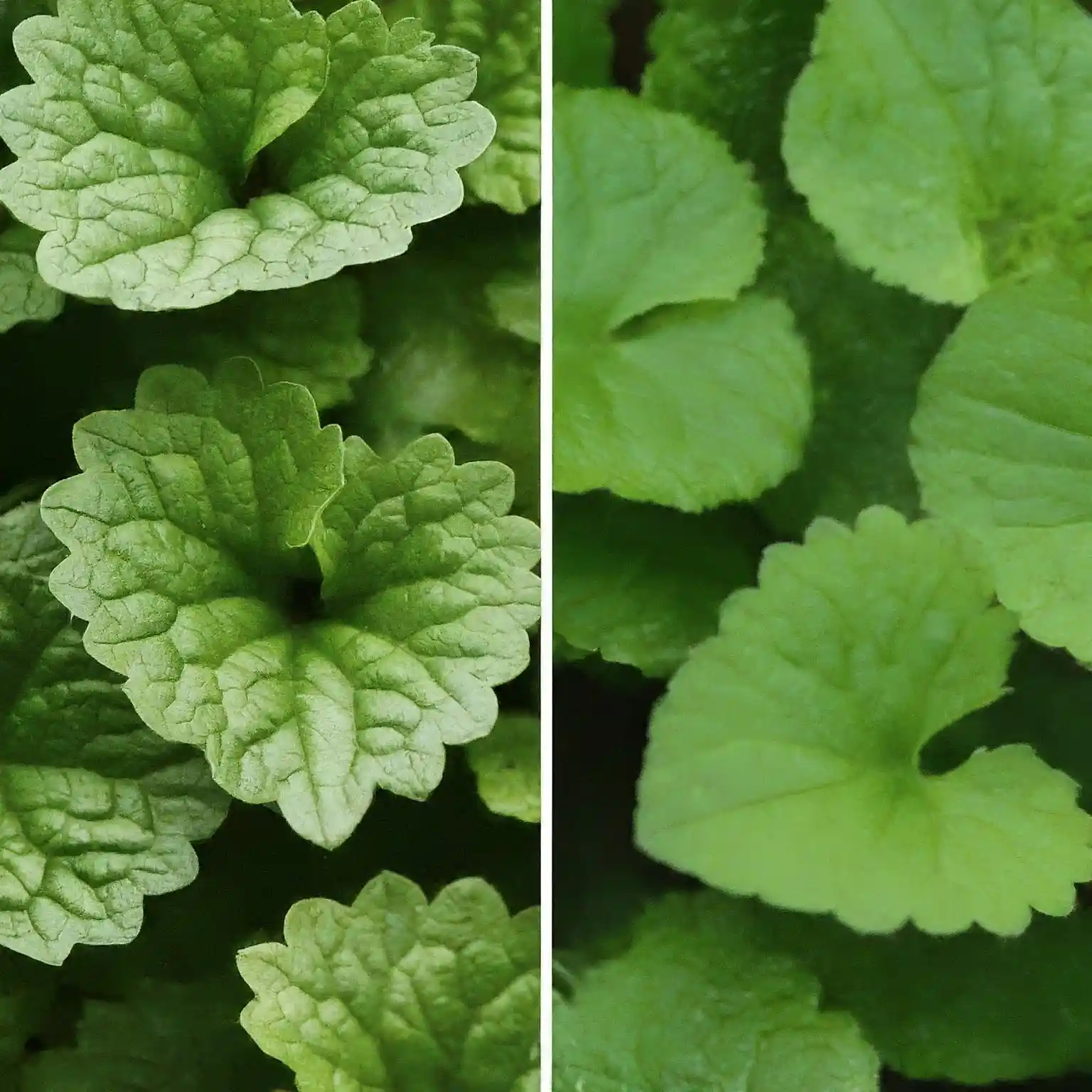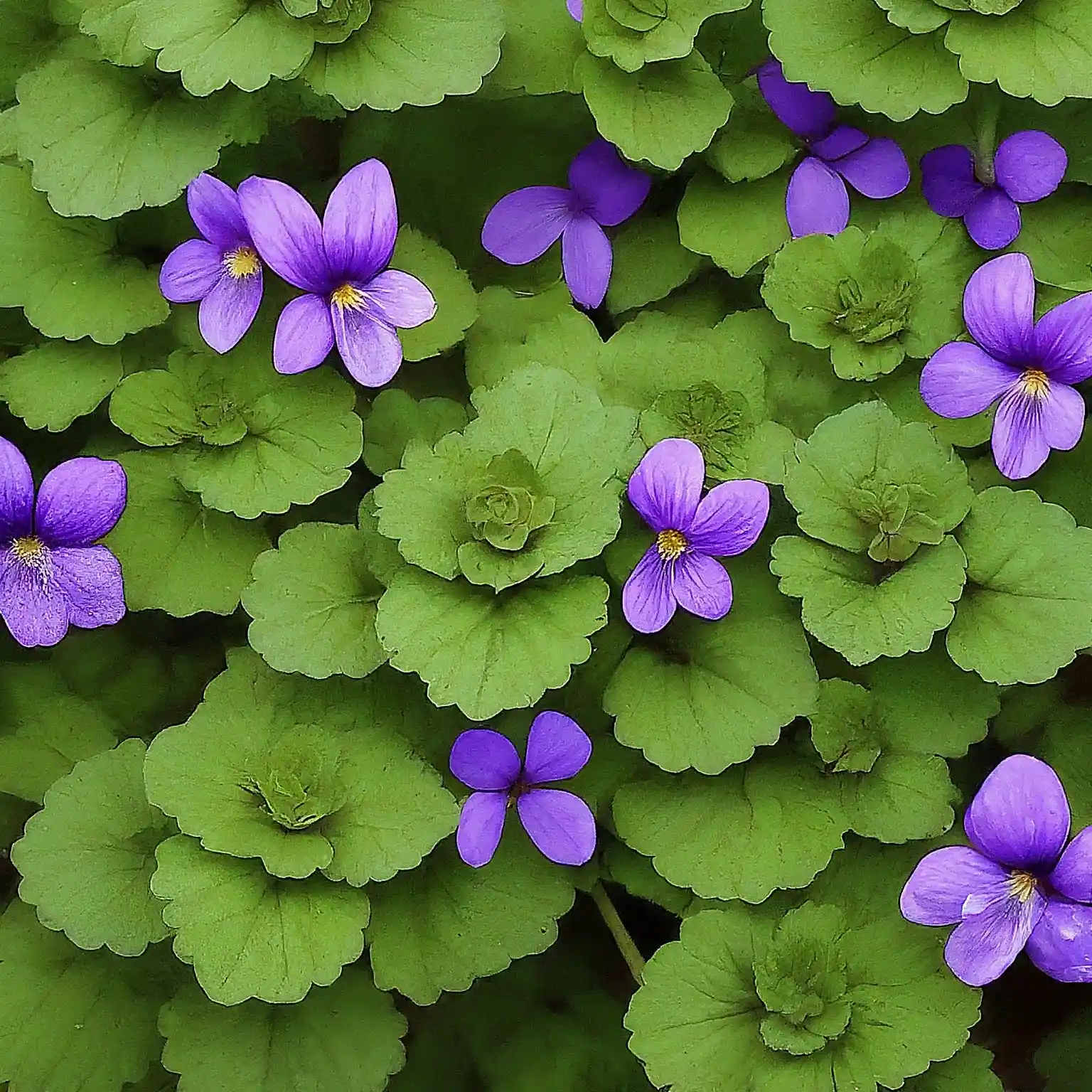
Creeping Charlie vs Wild Violet: A Battle of Invasive Plants
In this article, we will explore the battle between two invasive plants, Creeping Charlie and Wild Violet, and discuss their impact on gardens. We will compare their characteristics, growth habits, and methods of control to help you better understand how to manage these pesky plants in your own garden.
What is Creeping Charlie?
Creeping Charlie, also known as Glechoma hederacea, is a fast-spreading perennial weed that can quickly take over lawns, flower beds, and garden borders. It has scalloped leaves with a rounded shape and small purple flowers that bloom in late spring.
Creeping Charlie spreads through above-ground stolons and underground rhizomes, making it difficult to control once established.
To effectively manage Creeping Charlie, it is important to regularly hand-pull the plant and its roots, as well as use herbicides specifically designed to target broadleaf weeds.
Maintaining a healthy lawn through proper mowing, watering, and fertilizing can also help prevent Creeping Charlie from taking hold.

What is Wild Violet?
Wild Violet, or Viola sororia, is another invasive plant that can quickly spread throughout a garden or lawn. It has heart-shaped leaves with scalloped edges and small, delicate flowers that range in color from white to deep purple. Wild Violet spreads through rhizomes and seeds, allowing it to rapidly colonize new areas.
Controlling Wild Violet can be a challenge, as it is highly adaptable and resistant to many herbicides. Hand-pulling the plant and its roots is often the most effective method of control, although repeated efforts may be necessary to fully eradicate it.
Creating dense turf through overseeding and proper lawn care can help prevent Wild Violet from establishing itself in the first place.

How can you tell the difference between Creeping Charlie and Wild Violet?
One key difference between Creeping Charlie and Wild Violet is the shape of their leaves. Creeping Charlie has scalloped leaves with a rounded shape, while Wild Violet has heart-shaped leaves with scalloped edges.
Additionally, Creeping Charlie produces small purple flowers in late spring, whereas Wild Violet flowers range in color from white to deep purple.
Another distinguishing feature is the method of spread. Creeping Charlie spreads through above-ground stolons and underground rhizomes, while wild violet spreads through rhizomes and seeds. By carefully observing these characteristics, you can accurately identify which invasive plant you are dealing with in your garden.

What are the best methods for controlling Creeping Charlie and Wild Violet?
For Creeping Charlie, a combination of hand-pulling and targeted herbicide application is often the most effective approach.
Regularly removing the plant and its roots can help prevent it from spreading, while using herbicides labeled for broadleaf weed control can target persistent infestations. Maintaining proper lawn care practices can also help prevent Creeping Charlie from taking hold.
When it comes to Wild Violet, hand-pulling is often the best method of control due to its resistance to herbicides. Removing the plant and its roots by hand can help prevent regrowth and spread, although multiple attempts may be necessary to fully eradicate it.
Encouraging dense turf through overseeding and proper lawn maintenance can also help suppress Wild Violet growth.

Conclusion
In conclusion, both Creeping Charlie and Wild Violet are invasive plants that can quickly take over gardens and lawns if left unchecked.
By knowing how to identify these weeds and employing effective control methods such as hand-pulling, herbicide application, and proper lawn care, you can better manage their spread and protect your garden from their invasive tendencies.
FAQs
Are Creeping Charlie and Wild Violet harmful to other plants in the garden?
Yes, both Creeping Charlie and Wild Violet can choke out other plants in the garden by spreading rapidly and competing for resources such as nutrients, water, and sunlight.
Can I use organic methods to control Creeping Charlie and Wild Violet?
Organic methods such as hand-pulling, mulching, and smothering can be effective in controlling Creeping Charlie and Wild Violet, although they may require more effort and time compared to chemical herbicides.
Will Creeping Charlie and Wild Violet come back after I remove them?
Both Creeping Charlie and Wild Violet have rhizomatous roots that can regrow if not fully removed. Regular monitoring and follow-up control measures are necessary to prevent their return.
Can I use ground cover plants to outcompete Creeping Charlie and Wild Violet?
Planting dense ground cover plants that can outcompete Creeping Charlie and Wild Violet for resources can help suppress their growth and limit their spread in the garden.
How do I prevent Creeping Charlie and Wild Violet from spreading to my garden from neighboring properties?
Regularly inspecting your garden for signs of Creeping Charlie and Wild Violet, creating physical barriers such as edging or mulch, and communicating with neighbors about invasive plant control can help prevent their spread to your garden.







